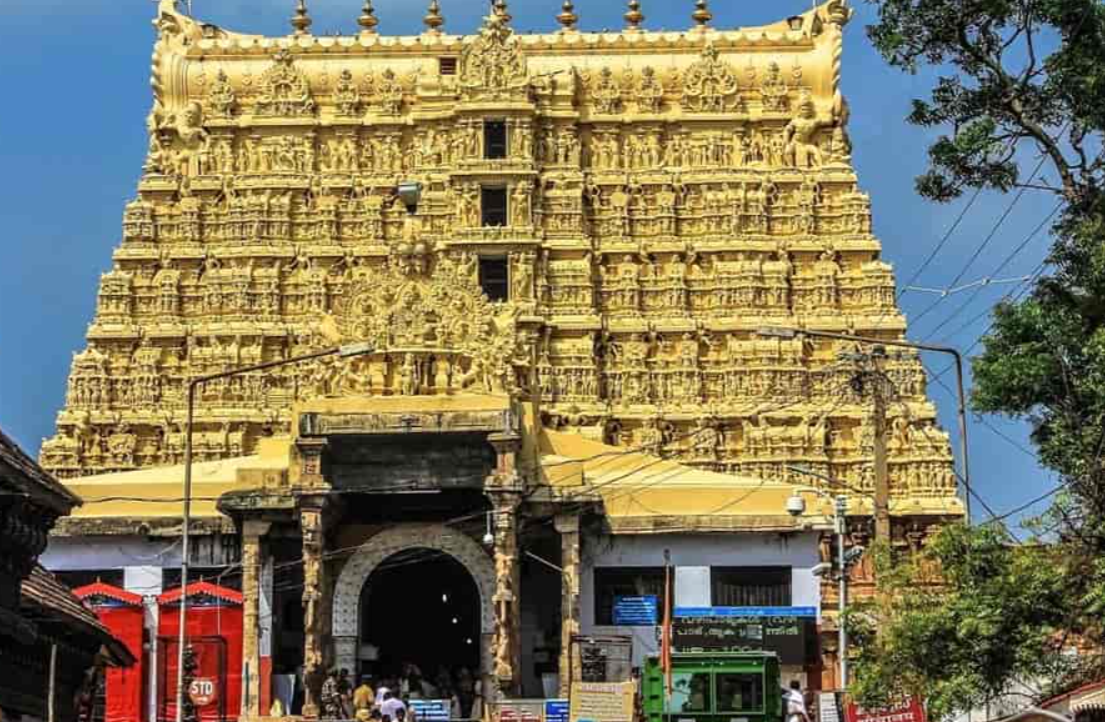When discussing the toughest languages in the world, India undoubtedly stands out. This is not merely due to the sheer number of languages spoken, but because some of these languages are among the oldest and most unique globally. Among the diverse languages spoken across India, several are particularly challenging to learn and understand. If you’re curious about these complex languages, you’re in the right place. Let’s delve into the top 5 toughest languages in India, which are particularly difficult to master:
1. Malayalam
Originating from the state of Kerala and the Lakshadweep Islands, Malayalam makes the list of the toughest languages in India. Its complexity stems from its extensive alphabet, featuring 15 vowels and 36 consonants, totaling 51 unique sounds. Additionally, Malayalam is not uniform; it varies significantly across different regions within Kerala and among the nearly 40,000 villages in the state. This diversity results in a range of dialects with variations in accent, grammar and vocabulary. The language also boasts a rich literary tradition that adds to the challenge for learners.
2. Telugu
Telugu, spoken predominantly in Andhra Pradesh and Telangana, is another contender for the toughest languages in India. Its unique word order involves creating long strings of words that form complex sentences, making sentence construction challenging for beginners. The syllabic script comprises 18 vowels and 36 consonants, with each symbol representing a full syllable rather than just a sound. Telugu’s ancient history, including inscriptions dating back to the 6th century CE, adds to its complexity.
3. Sanskrit
Sanskrit is a classical language that forms the foundation of Indian linguistic and cultural heritage. Its grammar, developed by the ancient scholar Pāṇini, is notoriously intricate. With a vast vocabulary derived from root words and the ability to create numerous compound combinations, Sanskrit is a challenging language for learners. Its subtlety in expressing a wide range of philosophical, scientific and religious concepts makes it a unique and sophisticated language. Mastery of Sanskrit allows for precise and concise communication, highlighting its exceptional nature among the toughest languages in India.
4. Tamil
Tamil, one of the world’s oldest languages still in use today, has a history spanning over 2,000 years. As part of the Dravidian language family, Tamil is primarily spoken in Tamil Nadu, India and parts of Sri Lanka. The language’s diglossia presents a significant challenge, with a substantial difference between the classical literary form and everyday spoken varieties. Tamil features 12 vowels, 18 consonants and one special character. Its vast collection of literature, ranging from ancient Sangam texts to modern works, adds to the complexity of learning Tamil.
5. Urdu
Urdu, an Indo-Aryan language with strong influences from Persian and Arabic, is written in the ornate Nastaliq script. This script’s artistic complexity contributes to the difficulty of learning Urdu. Widely spoken in India and serving as the national language of Pakistan, Urdu is renowned for its poetic and literary elegance. The extensive vocabulary and refined poetic forms make Urdu a sophisticated and challenging language for learners.
Conclusion
In summary, the toughest languages in India are characterized by their unique scripts, complex grammatical structures and rich literary traditions. Mastering any of these languages is a testament to linguistic skill and dedication. If you can navigate through two or more of these challenging languages, you’re certainly equipped to tackle any language-learning endeavor.



